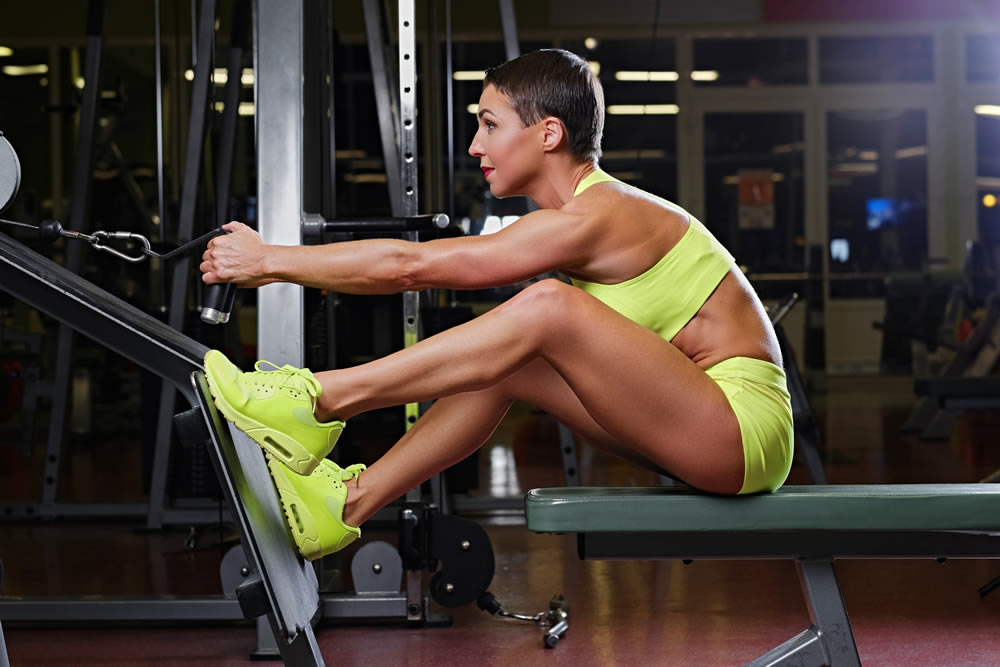Muscles to Group Together When Exercising

Designing an effective workout routine involves understanding which muscles to target together to maximize efficiency, promote balanced muscle development, and prevent injury.
When planning your gym sessions, it's essential to group muscles strategically to ensure proper recovery and optimal performance. In this comprehensive guide, we'll explore different muscle groups, their functions, and how to incorporate them into your workout regimen.
Understanding Muscle Groups:
Before diving into specific muscle groupings, let's review the major muscle groups of the body:
Upper Body Muscles:
- Chest (Pectoralis major)
- Back (Latissimus dorsi, Trapezius, Rhomboids)
- Shoulders (Deltoids)
- Arms (Biceps, Triceps, Forearms)
Lower Body Muscles:
- Quadriceps (Rectus femoris, Vastus lateralis, Vastus medialis, Vastus intermedius)
- Hamstrings (Biceps femoris, Semitendinosus, Semimembranosus)
- Glutes (Gluteus maximus, Gluteus medius, Gluteus minimus)
- Calves (Gastrocnemius, Soleus)
Muscle Group Pairings and Workout Split Options:
- Push-Pull Split:
- Push Muscles: Chest, Shoulders, Triceps
- Pull Muscles: Back, Biceps
- Why?: This split allows you to focus on pushing movements one day (e.g., bench press, shoulder press) and pulling movements the next (e.g., pull-ups, rows). It promotes balanced muscle development and provides adequate rest for each muscle group.
Upper-Lower Split:
- Upper Body: Chest, Back, Shoulders, Arms
- Lower Body: Quadriceps, Hamstrings, Glutes, Calves
- Why?: This split divides your workouts into upper and lower body sessions, allowing you to target each major muscle group more intensely. It also ensures proper recovery between workouts.
Muscle Group Split:
- Chest and Triceps
- Back and Biceps
- Legs (Quadriceps, Hamstrings, Glutes, Calves)
- Shoulders and Arms
- Why?: This split targets specific muscle groups in each session, allowing you to focus on individual areas more thoroughly. It provides ample recovery time for each muscle group while allowing for variation in exercises.
Full Body Workouts:
- Why?: Full-body workouts target multiple muscle groups in each session, making them efficient for individuals with limited time. They promote overall strength and endurance while allowing for frequent training of each muscle group.
Considerations for Muscle Group Pairings:
When grouping muscles together for workouts, consider the following factors:
- Muscle Overlap: Some exercises work multiple muscle groups simultaneously. For example, compound movements like squats and deadlifts engage various muscles in the lower body and core.
- Rest and Recovery: Allow sufficient rest between workouts targeting the same muscle group to prevent overtraining and promote muscle growth. Overtraining can lead to fatigue, injury, and decreased performance.
- Exercise Selection: Choose a variety of exercises that target each muscle group from different angles and with different resistance modalities (e.g., free weights, machines, bodyweight exercises).
- Balanced Development: Ensure that your workout routine addresses all major muscle groups to promote balanced development and prevent muscular imbalances, which can lead to injury and poor posture.
Sample Workout Routine:
Here's a sample workout routine demonstrating how you can group muscles together while working out at the gym:
Day 1: Push (Chest, Shoulders, Triceps)
- Bench Press (Chest)
- Shoulder Press (Shoulders)
- Tricep Dips (Triceps)
- Incline Bench Press (Upper Chest)
- Lateral Raises (Shoulders)
- Tricep Pushdowns (Triceps)
Day 2: Pull (Back, Biceps)
- Deadlifts (Back)
- Pull-Ups (Back, Biceps)
- Bent-Over Rows (Back)
- Barbell Curls (Biceps)
- Face Pulls (Upper Back, Rear Shoulders)
- Hammer Curls (Biceps)
Day 3: Legs (Quadriceps, Hamstrings, Glutes, Calves)
- Squats (Quadriceps, Glutes)
- Romanian Deadlifts (Hamstrings, Glutes)
- Leg Press (Quadriceps, Glutes)
- Lunges (Quadriceps, Glutes, Hamstrings)
- Calf Raises (Calves)
- Leg Curls (Hamstrings)
Day 4: Rest or Active Recovery
Day 5: Upper Body (Chest, Back, Shoulders, Arms)
- Bench Press (Chest)
- Pull-Ups (Back, Biceps)
- Shoulder Press (Shoulders)
- Dumbbell Rows (Back, Biceps)
- Lateral Raises (Shoulders)
- Bicep Curls (Biceps)
- Tricep Extensions (Triceps)
Day 6-7: Rest or Active Recovery
Designing a workout routine that effectively targets different muscle groups requires careful planning and consideration of individual goals, preferences, and fitness levels. Whether you prefer a push-pull split, upper-lower split, muscle group split, or full-body workouts, the key is to ensure balanced muscle development, adequate rest and recovery, and variation in exercises. By strategically grouping muscles together and incorporating progressive overload principles, you can optimize your workouts for strength, endurance, and overall health and fitness. Remember to listen to your body, adjust your routine as needed, and stay consistent to achieve your fitness goals over time.